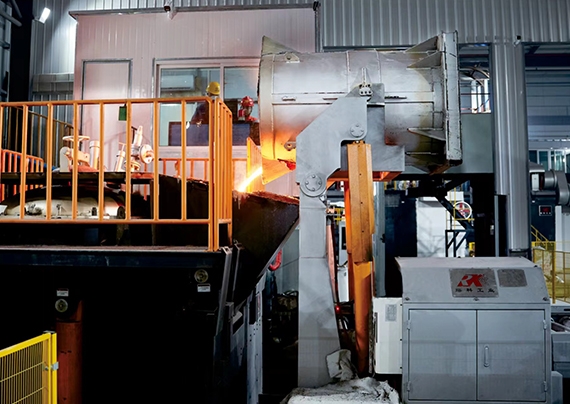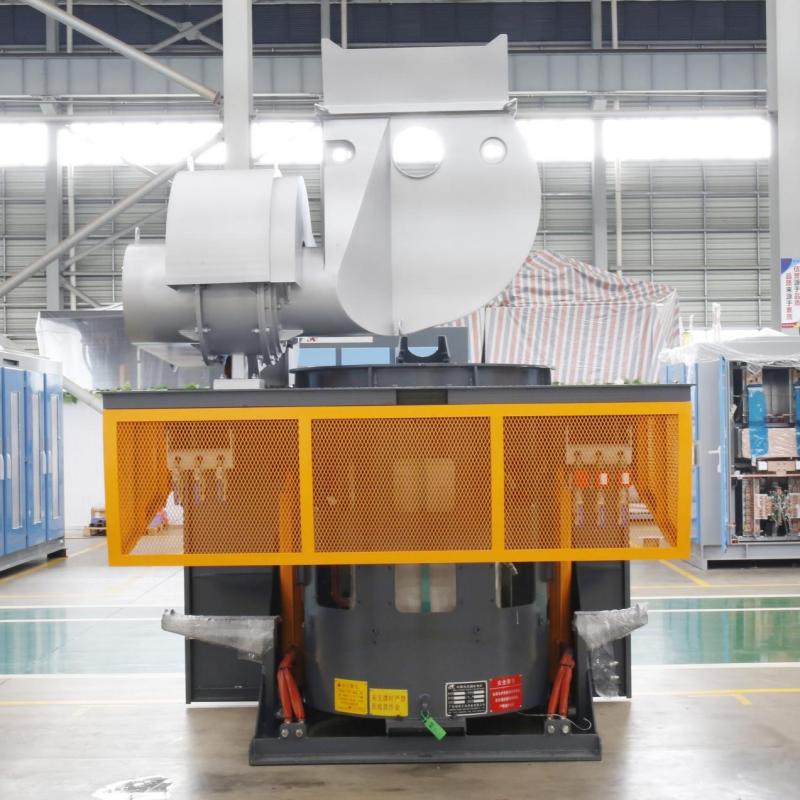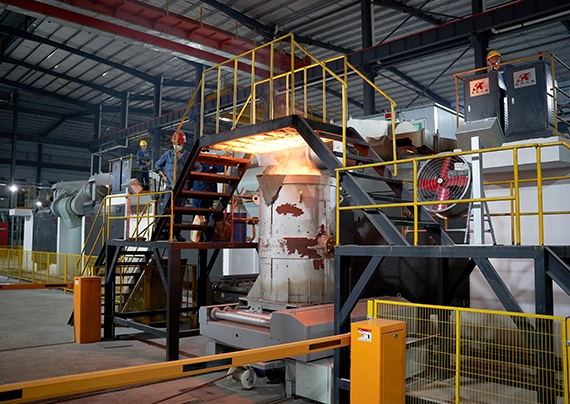Comprehensive Solutions for Furnace Parts in Consolidated Industries
Consolidated industries span multiple sectors such as ferrous and non-ferrous metal casting, steelmaking, heat treatment, vacuum smelting, powder metallurgy, silicon melting, and precious metals. Rongke provides a complete one-stop OEM and ODM manufacturing service, addressing the needs of customers, technicians, and distributors with top-quality furnace parts. Our products play a crucial role in the smelting and purification processes across these industries, guaranteeing efficient and reliable performance. Committed to excellence, Rongke is a reliable partner in offering optimal molten solutions for a range of industrial applications.
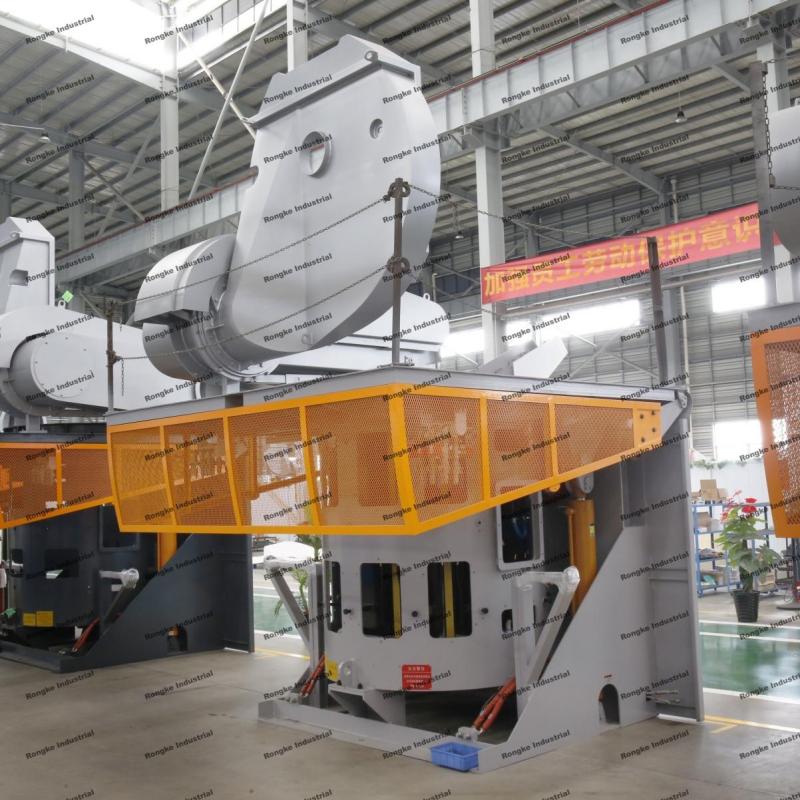
Understanding Furnace Systems
Basic Components
Furnace systems are composed of several critical components, each playing a vital role in their operation. Heat exchangers transfer heat from the combustion chamber to the air that circulates through the home. Blowers are responsible for pushing the heated air through the ductwork and into living spaces. Filters trap dust, debris, and other particles, ensuring clean air circulates and protecting the system from contamination. Other common parts include thermostats, which regulate temperature settings, and ignition systems, which light the burners in gas furnaces.
Types of Furnaces
Furnaces come in various types, primarily distinguished by their fuel sources: electric, gas, and oil. Electric furnaces use electrical resistance to generate heat, are generally more efficient, and have lower upfront costs. Gas furnaces burn natural gas to produce heat, offering quicker heating and typically lower operating costs. Oil furnaces use oil as fuel and are less common but can be found in areas without natural gas lines. Each type has its own set of advantages and drawbacks, making it crucial to choose based on specific heating needs and local energy costs.
How Furnaces Work
The operational mechanics of furnaces involve a series of steps to convert fuel or electricity into heat and distribute it throughout a space. In a typical gas furnace, the thermostat signals the system to start when the temperature drops below a set point. The ignition system then lights the burners, creating heat that warms the heat exchanger. The blower moves air over the heat exchanger, transferring heat into the ductwork and circulating it throughout the home. Once the desired temperature is reached, the thermostat signals the furnace to shut down until more heat is needed.
Rongke’s Furnace Advantages
Rongke furnaces are designed with advanced features that set them apart from similar products in the market:
- Reduced Noise: Rongke furnaces operate with 30% less noise compared to similar products, providing a quieter environment.
- Enclosed Furnace Shell: The fully enclosed furnace shell prevents coil ignition caused by dust pollution, enhancing safety and longevity.
- Low Magnetic Radiation: The enclosed design also provides secondary shielding for the coil’s magnetic field, reducing magnetic radiation to just 10% of that produced by similar products, well below national standards.
- IDE Furnace Leakage Alarm System: This patented system, certified by the EU CE safety system, ensures reliable and safe operation.
- Strong Supporting System: Features like the stable and worry-free tilting furnace drive system, robust cooling system with 360 type dust hood, and a hydraulic oil pump with standby and protective covers.
- Enhanced Cooling: All systems are cooled by enclosed distilled water, with water temperature and pressure monitoring, and use German Continental brand carbon-free rubber pipes. The cooling system is linked with the leakage alarm for added safety.
- Hydraulic Operation: Driven by double hydraulic rods, ensuring stable and multidirectional opening and closing, with strong suction.
Key Furnace Parts by Rongke
Detailed List of Parts
Rongke manufactures a wide range of furnace parts, including heat exchangers, blowers, filters, ignition systems, thermostats, coils, and more. Each part is crafted to meet high standards of quality and performance.
Features and Specifications
Each part from Rongke comes with detailed specifications ensuring compatibility and performance. For example, heat exchangers are designed for maximum heat transfer efficiency, blowers are built for quiet operation, and filters are made to provide superior air purification.
Compatibility Information
Rongke’s parts are compatible with a variety of furnace models, both from Rongke and other manufacturers. This ensures that customers can find the right parts for their specific furnace systems, promoting ease of maintenance and repairs.
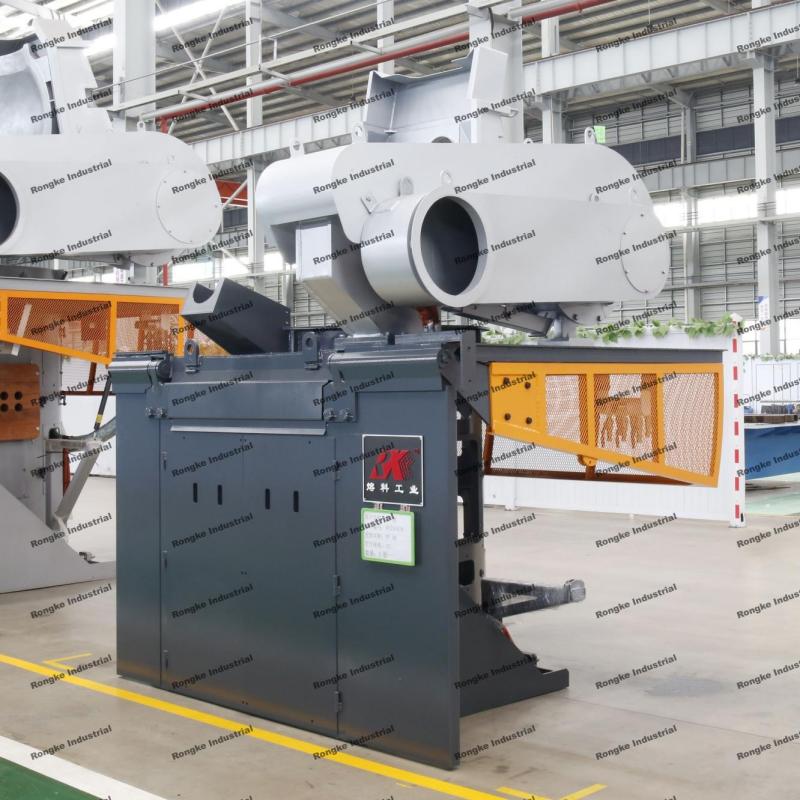
Maintenance and Troubleshooting
Routine Maintenance Tips
Regular maintenance is key to ensuring the longevity and efficiency of furnace systems. This includes changing filters regularly, inspecting and cleaning the heat exchanger, checking the blower motor, and ensuring the thermostat is functioning correctly.
Common Issues and Troubleshooting Steps
Some common furnace issues include strange noises, insufficient heating, and frequent cycling. Troubleshooting steps may involve checking the thermostat settings, inspecting the ignition system, and ensuring there are no blockages in the ductwork.
When to Replace Parts
Identifying signs of wear, such as unusual noises, reduced efficiency, or visible damage, is crucial. Replacing parts at the right time can prevent more severe damage and costly repairs. Consult the furnace manual or a professional for guidance on replacement intervals.
Regulatory and Safety Standards
Overview of Industry Standards
Industry standards like ANSI and ISO set the benchmarks for furnace safety, efficiency, and performance. Compliance with these standards ensures that furnace systems are safe and reliable.
Compliance Requirements
Proper installation and repair of furnace systems must adhere to these regulatory standards. This includes using certified parts and following prescribed safety protocols.
Importance of Certified Parts
Using certified parts and professional services is critical for maintaining furnace safety and efficiency. Certified parts guarantee compatibility and adherence to industry standards, reducing the risk of malfunctions and accidents.
Rongke’s Resources and Support
Contact Information
Rongke provides comprehensive technical support for its customers. For assistance, customers can contact Rongke’s support team via phone, email, or through their website.
Add: No. 1 Guantai Road, Qujiang District, Shaoguan City, Guangdong Province (South China Equipment Park)
Tel: 0751-6911939
MobilePhone: 15675727275 (Lily)
Email: sales3@cnrkgy.cn
Online Resources
Rongke offers a wealth of online resources, including manuals, installation guides, and troubleshooting tips. These resources are readily accessible on the Rongke website, providing valuable support for customers and technicians.
Final Words
Rongke is committed to delivering high-quality furnace systems and parts, supported by advanced features and rigorous safety standards. Understanding furnace components, maintaining regular upkeep, and utilizing Rongke’s superior products ensure efficient and reliable operation across various industrial applications. With comprehensive support and resources, Rongke stands as a trusted partner in the industry.



